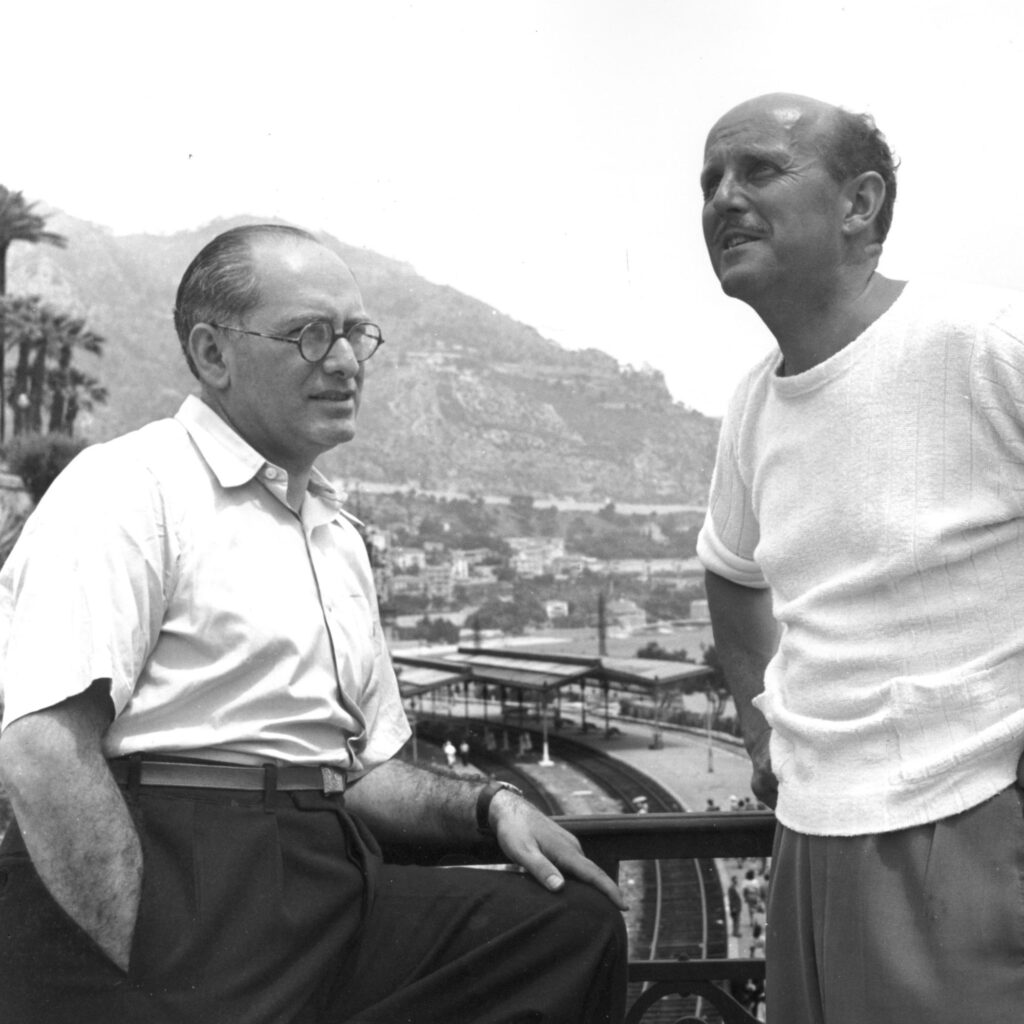CENTURY OF CINEMA: 1904
A Fabulous Year! While an impressive number of long and well structured documentaries were being produced by Pathé or Urban, technically open-minded clergymen were filming extensively in Egypt, Turkey and Palestine. Early industrial films show spectacular images of the Westinghouse Company in Pittsburgh/USA and the coal mines in Shirebrook/England; elsewhere, on the big screen, crude humour and frivolous eroticism remind us that in 1904 cinema was an integral part of popular culture. The Latest News! Current events such as theatres destroyed by fires, bomb attacks and the Russo-Japanese war, were being re-enacted. At that same time, cinema allowed audiences all over the world to enjoy the captivating performances of stars performing on the Parisian or Berlin stages, such as Mistinguett, Henry Bender and Les Omers. The ‘director of the year’ is Gaston Velle, a former magician who evolved into a most sophisticated filmmaker.
Curated by Mariann Lewinsky and Karl Wratschko





